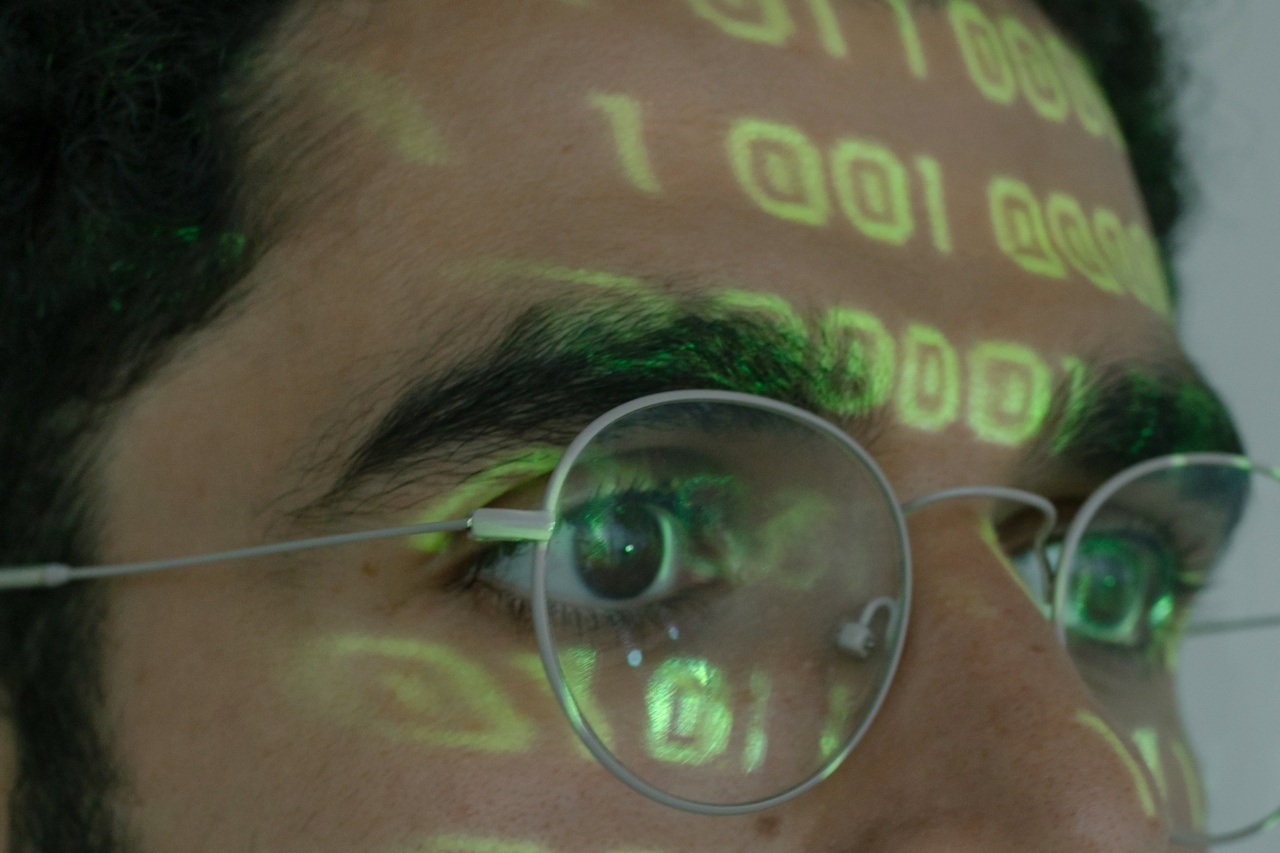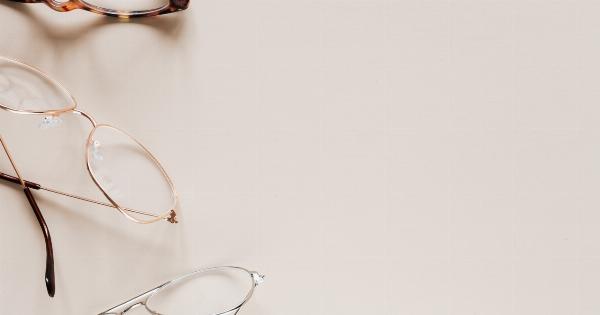As we age, our bodies go through various changes, and our eyes are no exception. In fact, eye health becomes increasingly important as we reach the milestone of 40.
This article will discuss the significance of eye protection after 40 and provide some valuable tips to follow for maintaining good ocular health.
1. Regular Eye Exams
Regular eye exams are crucial for individuals over 40, as they can detect any potential eye diseases or conditions that may develop.
Conditions such as presbyopia, glaucoma, cataracts, and age-related macular degeneration (AMD) become more prevalent with age. Early detection can lead to effective treatment and management, minimizing the impact on vision.
2. Protect Your Eyes from Harmful UV Rays
Exposure to ultraviolet (UV) rays can increase the risk of various eye conditions, including cataracts and AMD.
It’s important to wear sunglasses that offer 100% UV protection when you’re outdoors, especially during the peak hours of sunlight. Additionally, wearing a broad-brimmed hat can provide extra protection for your eyes.
3. Maintain a Healthy Diet
A balanced and nutritious diet is essential for overall health, including your eye health. Foods rich in omega-3 fatty acids, vitamins C and E, lutein, and zeaxanthin have been linked to a lower risk of age-related eye conditions.
Include foods such as leafy greens, fish, citrus fruits, nuts, and carrots in your diet to support optimal eye health.
4. Quit Smoking
Smoking is harmful not only to your lungs but also to your eyes. It increases the risk of developing cataracts, AMD, and optic nerve damage. Quitting smoking can significantly reduce the likelihood of these conditions and improve overall eye health.
5. Take Frequent Screen Breaks
In today’s digital world, many people spend significant amounts of time staring at screens. Prolonged screen time can lead to digital eye strain, causing symptoms like dryness, irritation, and blurred vision.
Remember to take regular breaks, follow the 20-20-20 rule (every 20 minutes, look 20 feet away for 20 seconds), and adjust your screen’s brightness and contrast to reduce eye strain.
6. Use Proper Lighting
Having adequate lighting is crucial for reducing eye strain. Make sure your workspace and living areas are well-lit to prevent unnecessary eye fatigue.
Use task lighting for specific activities like reading or working on intricate tasks, ensuring that the light is directed onto the task and not into your eyes.
7. Keep Your Eyes Hydrated
Dry eyes are a common complaint, especially among older individuals. To keep your eyes hydrated, remember to blink frequently, use lubricating eye drops when necessary, and maintain a comfortable level of humidity in the environment.
Avoid environments with excessive airflow or dry conditions, as they can worsen dryness and irritation.
8. Control Chronic Conditions
If you have any chronic health conditions like diabetes or hypertension, it’s crucial to manage them effectively.
These conditions can have a significant impact on eye health, potentially leading to conditions like diabetic retinopathy or hypertensive retinopathy. Regular health check-ups and adhering to your healthcare provider’s recommendations can help prevent complications affecting your eyes.
9. Practice Good Eye Safety
Protective eyewear should be worn during activities that pose a risk to your eyes, such as sports, DIY projects, or working with hazardous materials. Accidents can happen, and taking preventive measures can minimize the risk of serious eye injuries.
10. Be Mindful of Medications
Certain medications, such as corticosteroids, antihistamines, and antidepressants, can have side effects that affect your eyes.
If you’re taking any long-term medications, discuss their potential impact on your eye health with your healthcare provider. They may recommend additional measures to protect your eyes or monitor any changes.




























